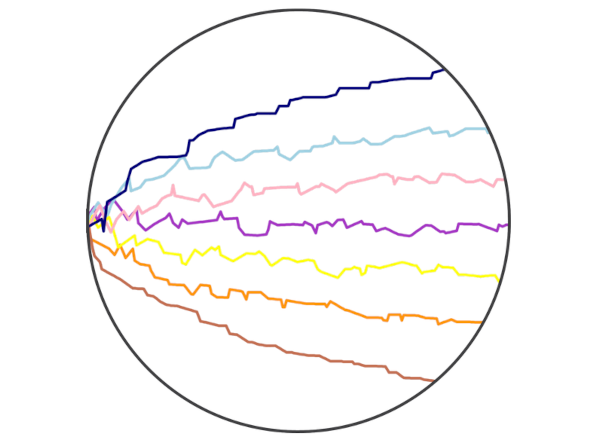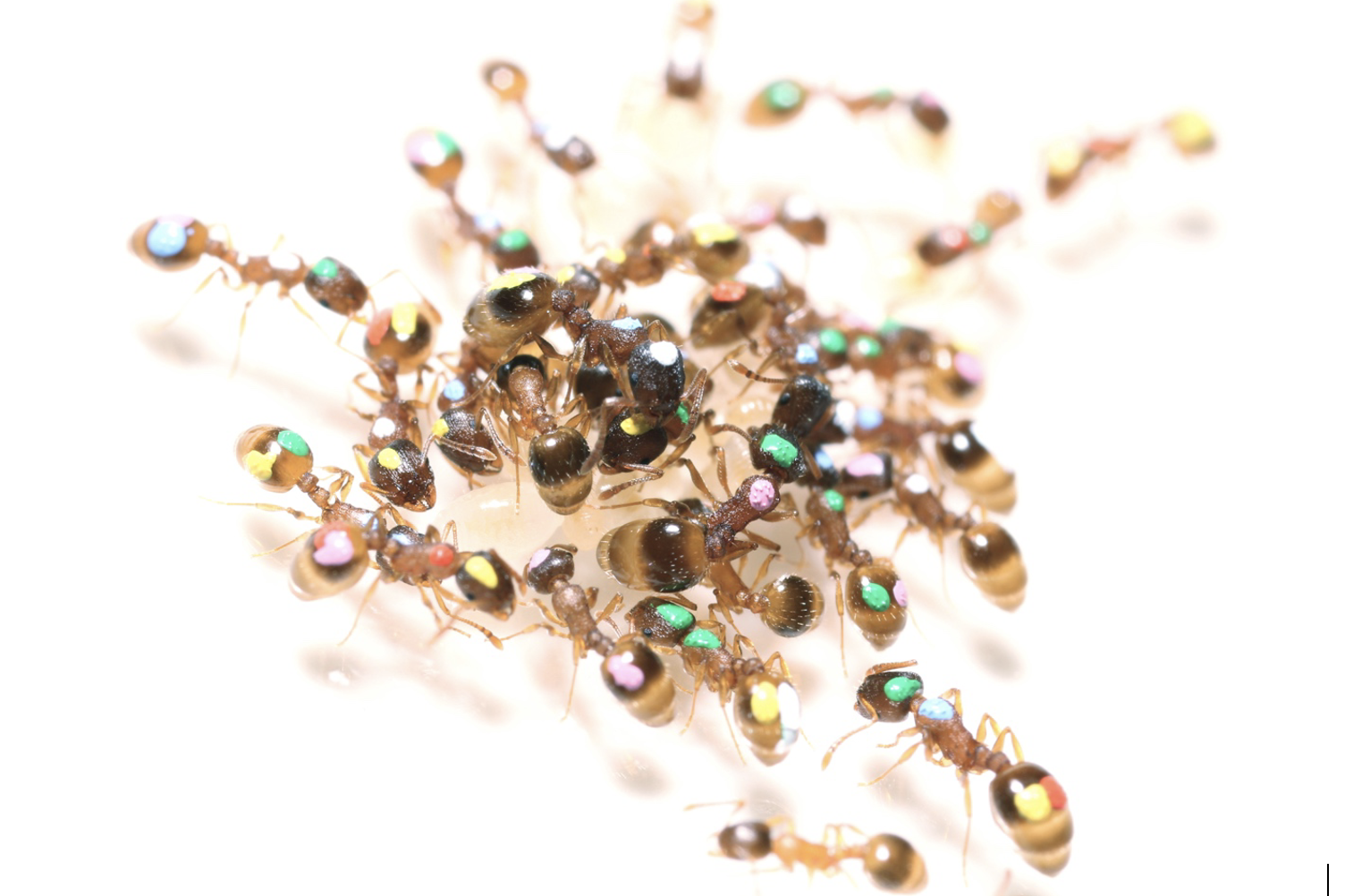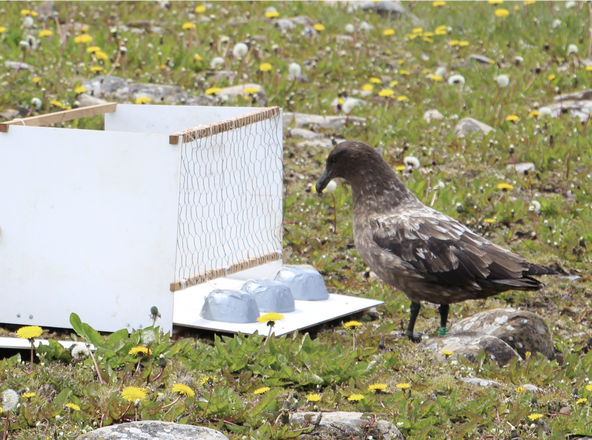Collective Rationality
Making decisions as a group allows animals to combine their sensory and information-processing abilities, often resulting in more accurate decisions than those made by individuals. In this project we examine whether and when the collective action of individual agents can override cases of individual irrationality, i.e. whether the faster, heuristic decision making by individuals can be tempered by a second, collective process, leading to more optimal outcomes. Thus, we propose to address three fundamental questions: to what extent is rational decision-making unique to our species or to individual organisms; can collectives produce reasoning-like processes or outcomes in their decision-making; and how can we enhance the power of both individual and collective intelligence? Our lab studies these questions using both zebrafish and homing pigeons. This project is funded by the Templeton World Charity Foundation (in collaboration with Chris Krupenye and Richard Mann)




